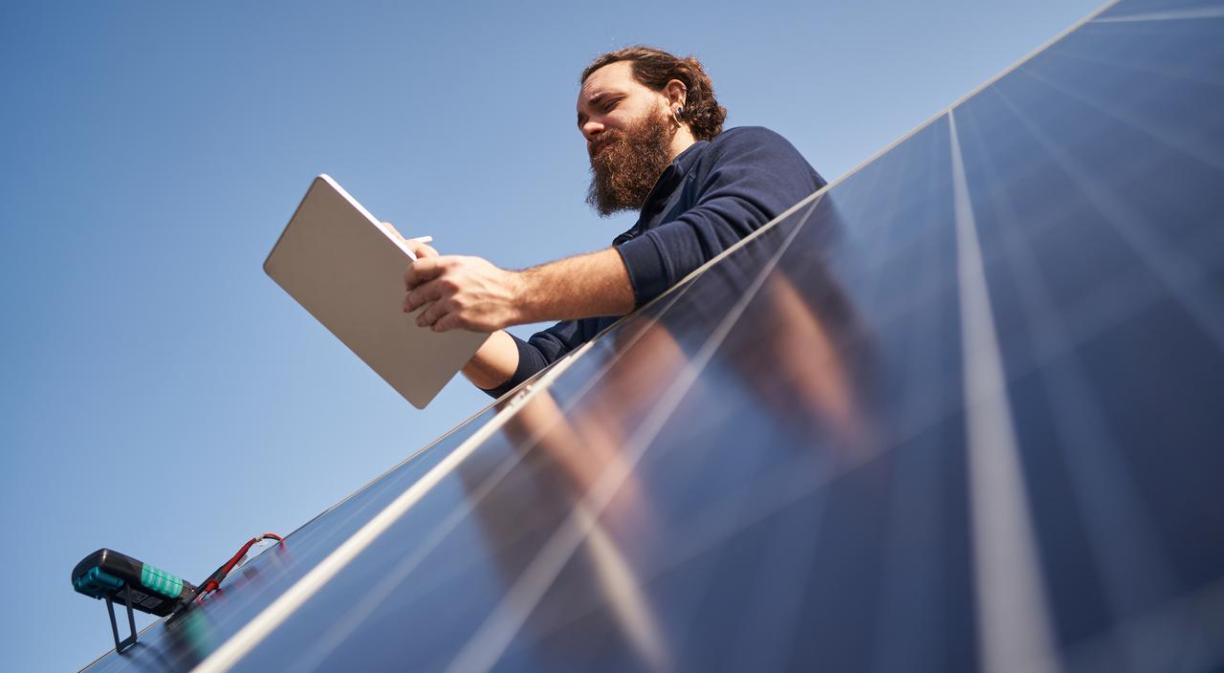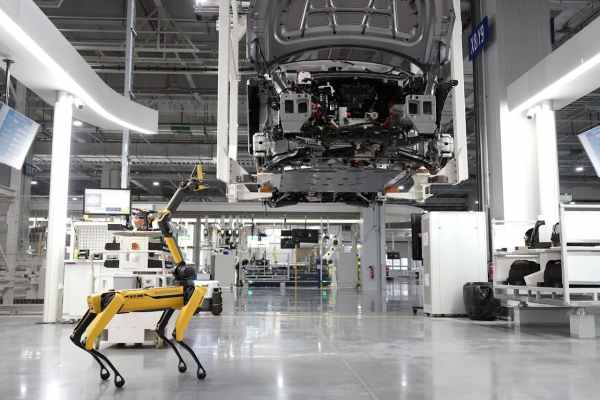One of these benefits is helping to combat climate change by promoting sustainability. IoT dices and their impact on sustainability bring positive solutions such as water savings and energy efficiency.
The debate about the concept of sustainability began in the 1970s. The term refers to the management of natural resources used to meet current needs without undermining the resources of future generations. The term sustainability can also be applied to social and economic resources.
Care for water: IoT devices and their impact on sustainability
One of the best examples is water. Although it’s regarded as a renewable resource, its availability and accessibility are becoming increasingly limited. Apart from inefficient use and pollution, there’s also the problem of rainfall shortages, all of which may mean that future generations won’t be able to meet their needs. The use of technology such as the IoT may have a positive impact on the proper control of the above.
IoT devices have already proven to be extremely useful in generating benefits for the economic market. This statement is endorsed by the World Economic Forum’s report titled IoT Guidelines for Sustainability; “the Internet of Things is one of the great enablers of the digital transformation”. On a global scale, it is estimated that the IoT industry will be worth more than 12,000 billion dollars by 2030.
In addition to driving up commercial profits, IoT devices and their impact on sustainability are powerful tools when it comes to combating climate change. The World Economic Forum’s report states that connectivity projects can help to achieve the goals set by the United Nations, as outlined in the 2030 Agenda for Sustainable Development. These SDGs include ending global poverty, water sanitation and the renewal and efficiency of industry.
Benefits of IoT devices in the use of water
IoT devices can connect numerous machines and collect data in real time, thus providing answers to specific issues. This technology opens up many possibilities in terms of sustainability and encourages us to be more efficient and careful with our se of water.
By means of the use of sensors and communication infrastructures, data on water use can be collected to enable us to subsequently make decisions and design sustainable strategies. The efficient use of water is one of the crucial goals set by the 2030 Agenda for Sustainable Development. According to UNESCO, 70% of the water used for crops around the world is freshwater, and one of its goals is to reduce this percentage.
With the installation of soil moisture sensors and environmental data such as rainfall forecasts, we can identify the right moment and the right area to irrigate with the right amount of water. Electronic devices can also help us to address a major concern for farmers, namely the productivity of their land. IoT devices and their impact on sustainability can also improve crop yields by controlling the negative footprint of chemicals.
Energy efficiency and IoT devices
The automation of sensors and the use of algorithms and different communication networks can help to proportionally distribute energy in keeping with actual needs and a much more sustainable approach. It is thus possible to anticipate the demand for electricity in cities and factories and deliver power to smaller areas and isolated villages.
According to the World Economic Forum’s report, so-called smart energy uses information networks and IoT sensors for its storage and distribution. This leads to a greater degree of efficiency, lower prices and increased use of renewable energies. All this technological development could enable society to achieve energy savings totalling over 1,300 million MWh by 2030.
To secure this energy efficiency, large population centres will need to embrace digitisation to meet their electricity needs. Buildings, infrastructures and industries will have to be connected by means of technologies such as the IoT to promote sustainable and smart mobility. These strategies can reduce energy consumption, improve air quality in large cities and cut CO2 emissions.
The IoT and the rise of electronic waste
We cannot ignore the fact that the increasing use of smart devices is leading to an increase in electronic waste. According to the Gartner consultancy firm, there were 20,000 million connected objects in 2020 and they’ll all eventually become waste. But is it possible to manage these materials efficiently and abide by the commitment laid down in the SDGs?
The answer to this question lies in the circular economy, a system that will affect smart device manufacturers, which will have to shift towards a new business model. In other words, they’ll have to switch from a model that prioritises production and waste to a system based on reuse and the design of electronic elements with recyclable components.
The increase in the number of connected devices also entails higher energy consumption. Electronic equipment needs electricity to function and store data. Although this may a priori be regarded as a negative impact, it also provides an incentive to improve our energy efficiency and expand the role of renewable energies.
The benefits brought by IoT devices can also extend to reuse and recycling, as a number of solutions have been developed that seek to sort waste for its subsequent recycling.







